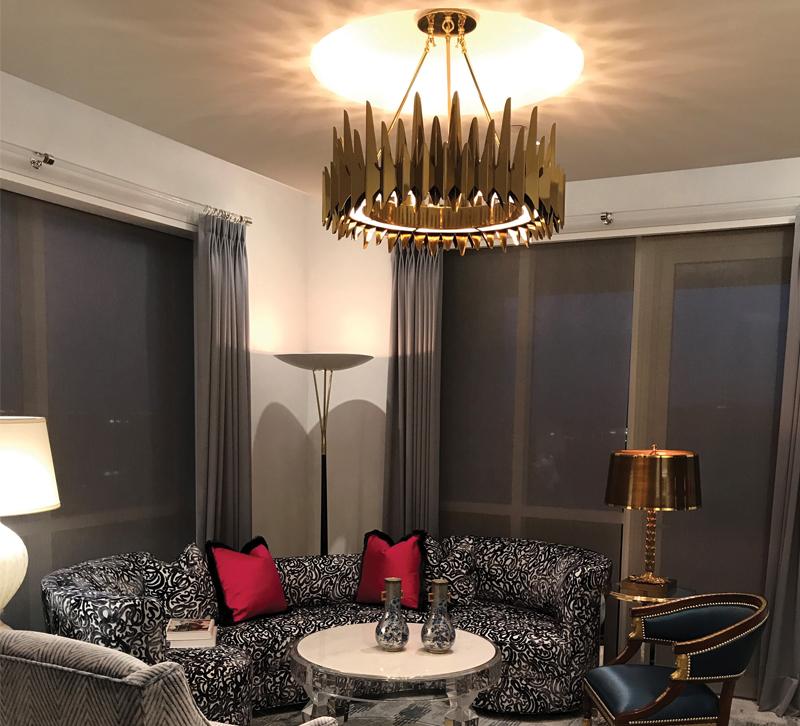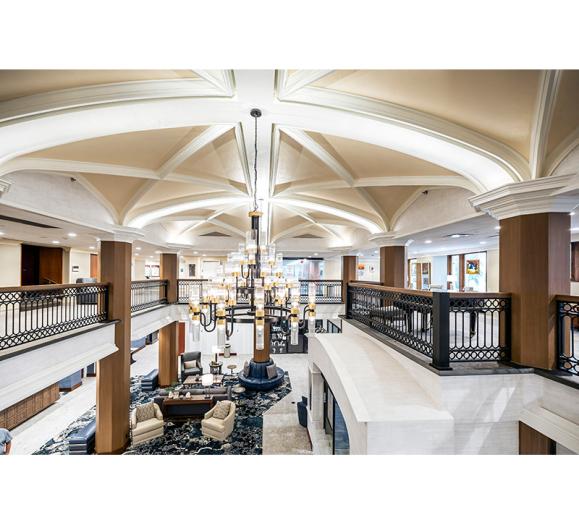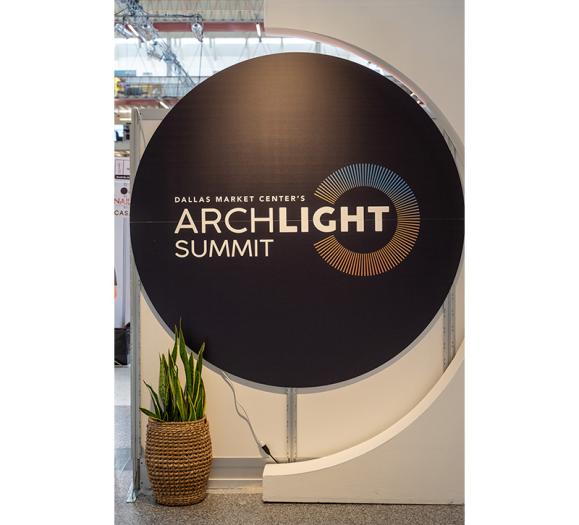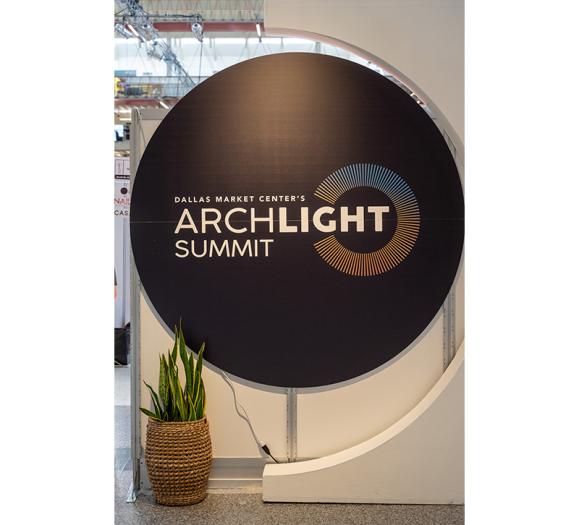Tip 1: Know what to ask for
Before you decide whether to replace bulbs or replace components, it’s important to know what to be looking for. These points I’ve mentioned before, but I think it’s very important to repeat them. Buying LEDs is a commitment. They last a very long time. If you pick the wrong ones you’re going to be unhappy for a very long time as well.
Let’s start with color temperature, also known as the Kelvin rating. Incandescent light at full brightness is 2700K. When you dim incandescent light, it becomes warmer in color. Dimmed incandescent is 2400K and candlelight is 2150K. It used to be that LEDs were available in certain color temperatures, and when dimmed they stayed that color temperature. Now, we have warm-dim technology that allows both LED light bulbs and components to appear to get warmer as they are dimmed. If you’re not investing in products with warm-dim technology, then you have to pick a color temperature with which you are comfortable. I love the warmer color temperatures, and 95 percent of the lighting in my house is either 2400K or 2150K. The only place that I use 2700K is in the kitchen. I will use a cooler color in the closets for color matching purposes (4000K), because I get up before daylight.
The next component to consider is a lumen output. Growing up, we inherently know how much light we get out of a 40W or 75W incandescent bulb. In the world of LEDs it only takes 8W to provide 40W worth of illumination, so we can’t go by wattage anymore. Pretty soon you’ll just have to get used to lumens as a unit of measurement. So, if you want 40W worth of light, then you want an LED that produces 450 lumens. If you want 75W worth of light, then you’re going to need 1,100 lumens.
The last factor is CRI. This is that little something that’s so important to the quality of the illumination. Incandescent light has a CRI of 100. The LEDs that come close to that rating have the most incandescent quality. Don’t even consider anything less than 90 CRI. The box or the catalog sheet will tell you what the color rendering index is for that particular product — if it doesn’t say, then assume that it doesn’t have the right stuff.
Tip 2: Down to the hardwire
Personally, I’m torn between buying fixtures with integrated LED components and buying LED bulbs. If I’m installing a linear strip LED, then it’s a no-brainer. I’ll buy a product that’s dimmable with a CRI of 95 or higher. If it’s more of a budget job, then I’ll choose a product with a fixed color temperature. If I have a little bit more money to spend, then I’ll purchase a warm-dim variety.
Recessed fixtures are a little trickier. Manufacturers are offering upgradeable components as LEDs become more efficient and produce more illumination, along with higher CRIs. But these replacement components aren’t waiting on the shelf — it’s going to take a little while for them to arrive. I do like that there are recessed fixtures that have warm-dim capability and are adjustable.
Now that there are a good variety of dimmable 120V MR16 bulbs (mini reflector bulbs with a GU10 base), you can buy an inexpensive recessed fixture and not have to pay for the added cost of a transformer or driver.
Tip 3: Screw in and go
There are lots of LED bulbs now that are available to replace many of the incandescent bulbs, including halogen, that we use every day. Even bulbs in warm-dim varieties are becoming available. On the other hand, I do like that if a bulb burns out I can simply replace it. I can have a few spares in the closet or readily pick one up at a local lighting store. The disadvantage is that as of now, you can’t get more than a 75W equivalent in a screw-in type bulb, whereas there are integrated LED recessed fixtures and track lights available with higher lumen outputs.
The bottom line: whichever way you go, make sure to get an LED that has the color quality and brightness you want because you will be entering a long-term relationship.







